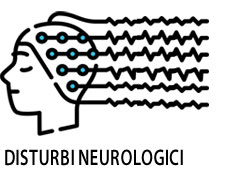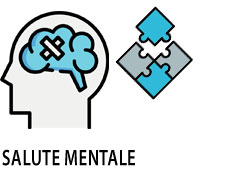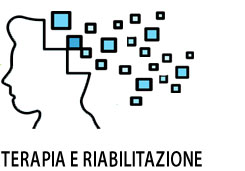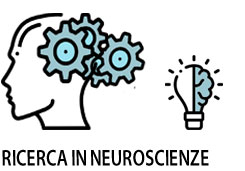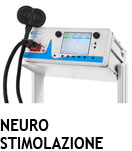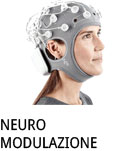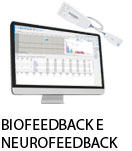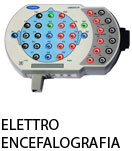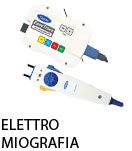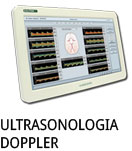- +39 011 5821948
- info@geasoluzioni.it
- Lun - Ven 8:00 - 17:30
Clinical study of melodic intonation therapy combined with transcranial direct current stimulation for post-stroke aphasia: a single-blind, randomized controlled trial
- Abstract:
- Background: Globally, more than 10 million new stroke cases occur annually, of which aphasia accounts for about one-third. Aphasia has become an independent predictor of functional dependence and death for the stroke population. The closed-loop rehabilitation of combining behavioral therapy with central nerve stimulation seems to be the research trend of post-stroke aphasia (PSA) due to its advantages in improving linguistic deficits. Objective: To verify the clinical efficacy of a closed-loop rehabilitation program combining melodic intonation therapy (MIT) with transcranial direct current stimulation (tDCS) for PSA. Methods: This was a single-center, assessor-blinded, randomized controlled clinical trial, which screened 179 patients and included 39 PSA subjects, with the registration number ChiCTR2200056393 in China. Demographic and clinical data were documented. The primary outcome was the Western Aphasia Battery (WAB) used to assess language function, and the secondary outcomes included Montreal Cognitive Assessment (MoCA), Fugl-Meyer Assessment (FMA), and Barthel Index (BI) for evaluating cognition, motor, and activities of daily living, respectively. With the computer-generated randomization sequence, subjects were randomly divided into the conventional group (CG), MIT combined with sham stimulation group (SG), and MIT combined with tDCS group (TG). After the three-week intervention, the functional changes in each group were analyzed by the paired sample T-test, and the functional difference between the three groups was analyzed by ANOVA. Results: There was no statistical difference on the baseline. After the intervention, the WAB’s aphasia quotient (WAB-AQ), MoCA, FMA, and BI were statistically different in SG and TG, including all the sub-items in WAB and FMA, while only listening comprehension, FMA, and BI were statistically different in CG. The differences of WAB-AQ, MoCA, and FMA were statistically different among the three groups, but BI was not. The post hoc test results revealed that the changes of WAB-AQ and MoCA in TG were more significant than the others. Conclusion: MIT combined with tDCS can augment the positive effect on language and cognitive recovery in PSA.
- Patologie/Applicazioni:
- Anno:
- 2023
- Tipo di pubblicazione:
- Articolo
- Parola chiave:
- stimulation; neurostimulation; tdcs; tES; Stroke; melodicintonationtherapy; closed-loop rehabilitation; aphasia
- Testata scientifica:
- Frontiers in Neuroscience
- Volume:
- 17
- Mese:
- 06
- Nota:
- Studio in singolo cieco con lo scopo di verificare l'efficacia della tDCS affiancata alla terapia dell'intonazione melodica per la cura dell'afasia post-ictus. Lo studio ha evidenziato un miglioramento nei pazienti trattati con tDCS - oltre che con la MIT (Melodic Intonation Therapy) - rispetto a quelli trattati esclusivamente con la MIT o altre terapie convenzionali.
- DOI:
- 10.3389/fnins.2023.1088218
Hits: 280
La nostra storia
GEA soluzioni si affaccia nel 2013 al mercato della strumentazione medicale di alto livello tecnologico ma la sua storia parte da più lontano, clicca qui per approfondire.
GEA SOLUZIONI SRL
via Issiglio 95/10, Torino
Tel.: 011 5821948 / 011 4463853
Fax: 011 0433281
Email: info @ geasoluzioni.it
P. IVA IT11696920013
REA TO1233648

